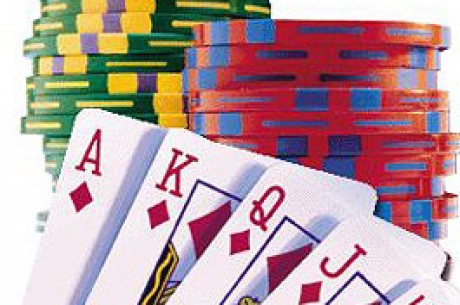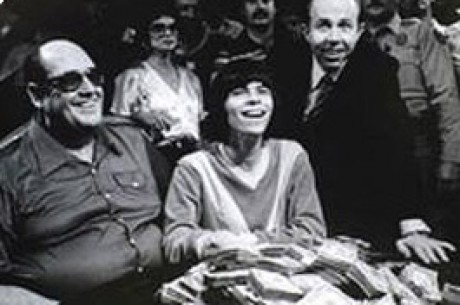'Illustrated Guide To Texas Hold Em' Valuable For Newcomers

Newcomers to the game of poker are sometimes left to flounder on their own. It was especially true in the past, when a poker newbie came to the tables with his cash and his ideas of the play of the game and left with a little wisdom and lighter pockets. When Doyle Brunson penned the legendary "Super/System" in the late 70's, it was only then that new players could get the information that it took gamblers of old decades to build up.
"Super/System" and its subsequent update, "Super/System 2" were something of a burden to someone fresh to the game, however. I have heard many times where a rookie to poker has said that they found those books to be highly technical and difficult to follow. While I chided them for their blasphemy, I could also understand what they were trying to say.
One thing that tends to block people from learning about poker through books is that they can sometimes be a little over the top on strategy, terminology and mathematics. Dennis Purdy, a longtime (and now retired) professional gambler and poker player, seems to have overcome this roadblock with his well-done "Illustrated Guide To Texas Hold 'Em". It is a very nicely priced book at
$10.17<img src="https://www.assoc-amazon.com/e/ir?t=pokernews-20&amp;l=as2&amp;o=1&amp;a=1402206054" width="1" height="1" border="0" alt="" style="border:none !important; margin:0px !important;" />
and tremendously valuable for the information that is provided. While most useful for the beginner player, it can still be an excellent guide for a long time player in the game as well.
What Dennis has come up with is basically a walk through the Texas Hold 'Em jungle and he is there to hold your hand and guide you. It basically looks at the game of Limit Hold 'Em, so if you want a No-Limit guide this book wouldn't be much of an aide (although the hand breakdowns as to their winning percentage will hold true in NL). There is very little mathematics involved and there are some great charts that show the breakdown of EVERY hand that is possible in Hold 'Em and their winning percentage. These are based over a one million scenario analysis done by Purdy, so it is obvious that he has done his homework on the background of the game.
Where "The Illustrated Guide To Texas Hold 'Em" really steps into its own is in the 150 different question and answer situations that are offered to the reader. Purdy really steps into his own as a teacher of the game here as he presents these thoroughly thought out hand setups and then presents the reader with their options. Rather than go for the easy out of "it depends", Dennis gives a very detailed analysis of the quality of your hand, the position at the table, and a reaction to your opponent's actions. He then gives a definitive answer for your play and the reasonings behind it, which is what most new players are looking for.
While some of the scenarios may be obvious and sometimes you may disagree with Purdy's take on it, this is essential to the improvement of all types of players in the game. Sometimes looking at a hand scenario and seeing a different take on it can add something to your game. In this look at the book, it could be useful to someone who has been playing the game for some time.
While billed as a guide to "making winners out of beginners", Purdy has definitely stepped up and delivered a book that can be useful for all players, either a newcomer to the game or a longtime veteran. He has presented an excellent look at the game of poker and has a true insight for the game that a new player can easily grasp and apply to their game immediately. He also presents plays that a veteran can implement and use as a reassertion of those basic skills that sometimes we all tend to forget. With "The Illustrated Guide To Texas Hold 'Em", Dennis Purdy has come up with a truly useful book for any player to read, use and hold onto for future reference.
Ed Note: Party Poker have just about any game you could want, 24 hours a day!








